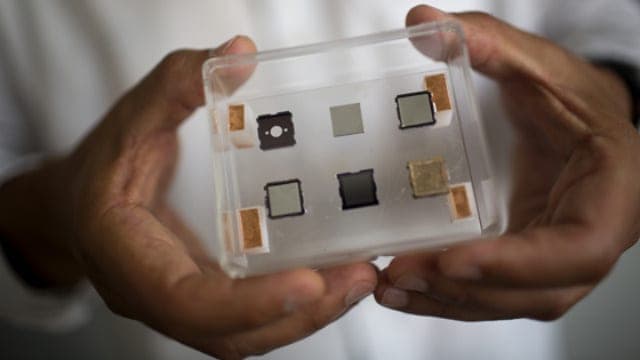MIT: Little Thrusters That Can Make CubeSats Clean Atmosphere
The big rockets get all the attention when they are launched into the space. But people generally ignore the important tiny stowaways known as CubeSats that accompany the rocket and drop into the orbit. They are roughly the size of a Rubik’s Cube and weigh only 3 pounds. They are convenient and are able to get us into space cheaply.
But there is a problem with them. There is no way to control then once they are out of the range. They just keep going farther and farther and pile up in the space. An MIT professor has developed penny sized thrusters that can help us solve this problem by taking them down by ourselves.
Currently, there are two dozen CubeSats in the atmosphere. When they would retire, they’ll float for some time and finally will burn up in the atmosphere. But they will stay a lot longer if we want them to work in a higher orbit. They can thus clutter up the orbit or even cause collisions in the space.
To solve this problem and make some space in the space (pun intended), Paulo Lozano, Associate Professor of Aeronautics and Astronautics at MIT has created miniature engines for the CubeSats that work on ion beams. These CubeSats are small, flat squares lined with 500 microscopic tips. They emit a stream of ions whenever their tips hit with voltage high enough that can move the CubeSat along.
With such technology, we can drive the CubeSats into satellites, driving them down into the atmosphere once they’re done, or even better, use them to pick up the remains of other CubeSats, clearing the way for more satellites.
Source: popsci.com
Comments
0 comments

Leave a Reply